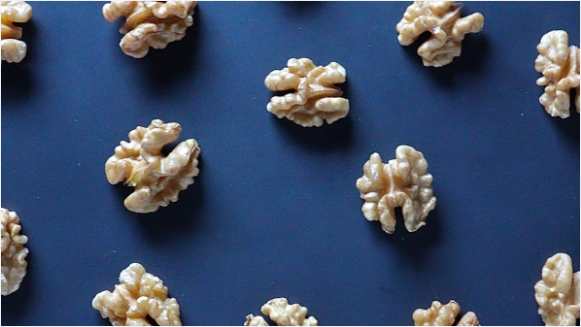

Nature versus Nurture / Prof. Daphna Joel
Nature versus Nurture / Prof. Daphna Joel
People who are interested in gender differences often wonder about the source of these differences: are they a result of nature (that is, sex-related chromosomes and hormones) or nurture (the different ways in which society treats girls and boys, men and women – what we may call the gender system).
The short answer is that culture and other elements of “nurture” surely affect the development of cognition, emotional abilities, preferences, attitudes, and behaviors in all humans, and may thus contribute to gender differences in these domains, which is why gender differences vary across countries (read more about this in Cultural Differences in What’s Feminine and What’s Masculine). But because some kind of a gender system exists in all known cultures, we cannot disentangle these nurture effects from those of nature. In fact, in order to definitively conclude that a gender difference reflects the effects of sex-related biological rather than cultural factors, we’d have to observe this difference in a gender-free society, that is, one in which females and males are not treated differently – and this is currently an impossible proposition.
Now, in connection with “nature,” I’d like to raise a few issues that are not commonly discussed in this context. First of all, it’s true that sex-related hormones, and to a lesser extent sex-related genes, affect many aspects of brain structure, including the shape of neurons, their density, and the size of specific brain regions. So sex-related factors clearly play a role in shaping brain structure. However, how these factors affect the brain depends on other variables, including an individual’s environment and experiences. This means that even if we did find a group of females and males living in a gender-free world, the differences we may find between their brains would be specific to the particular set of conditions in which they are living.
Take, for example, an anatomical feature that affects communication among neurons in the brain: the density of small protrusions, called dendritic spines, along the branch-like extensions (dendrites) of neurons. This feature is affected by the levels of the sex-related hormone estradiol, but the effect is opposite under different conditions: the same level of estradiol might increase or decrease the density of dendritic spines, depending on the degree of stress the organism experiences. This gets even more complex when you consider that these complex interactions between sex-related factors and environmental factors start already in the womb and continue throughout our lives. Because of these interactions, a person’s being female or male provides little information about the structure of her or his brain. (You can read more about this in Are Brains Male or Female?).
In other words, nature and nurture are entangled not only in the sense that we cannot isolate the contribution of each. They are also closely intertwined in the sense that how “nature” affects the brain depends on “nurture.”
How difficult it is to disentangle nature from nurture has been well known for decades. The interesting issue therefore is not whether nature or nurture is responsible for gender differences, but rather, why are we still obsessed with this question?
Assume for a moment that sex-related biological factors were the source of gender differences in our society. What would this mean? Let’s take the common narrative about testosterone and aggression: that exposure to high levels of testosterone in the womb or later in life leads men to be more aggressive than women. If this story were true, what were we to do about it? Would we give men a license to kill? Or rather, would we make use of the many social systems that oppose aggressive behavior – education, police, courts, prisons – to provide boys and men with extra training for controlling their “natural” aggressive tendencies? Surely, we’d do the latter. We would give extra aggression-control training to whoever is too aggressive for whatever reason, whether biological or environmental (for example, having to do with parental mistreatment).
If you are not fully convinced by this reasoning, try replacing aggression with difficulties in reading – imagine that we’d discovered the biological basis for such difficulties in children. Would we use this knowledge as a reason for giving up on teaching these children how to read? Or would we use it to develop new ways of helping them acquire this important skill?
Sadly, research into the biological sources of gender differences is not harnessed for overcoming these differences. Instead, it is used to justify them, and with them, the unequal treatment of human females and males in our culture.
This is not a new practice. Already at the dawn of modern science, the fact that the skulls of men are on average larger than those of women, was taken as evidence that women are, by their nature, intellectually inferior to men. The related fact that the brains of men are on average larger than those of women was used in the 19th century to justify the exclusion of women from academic studies. As women currently outnumber men at all levels of academic studies, the fact that their brains are on average smaller than those of men is clearly not the reason why that wasn’t the case back then. You may want to keep this in mind next time you read that this or that difference between the brains of men and women explains this or that gender difference or stereotype.



